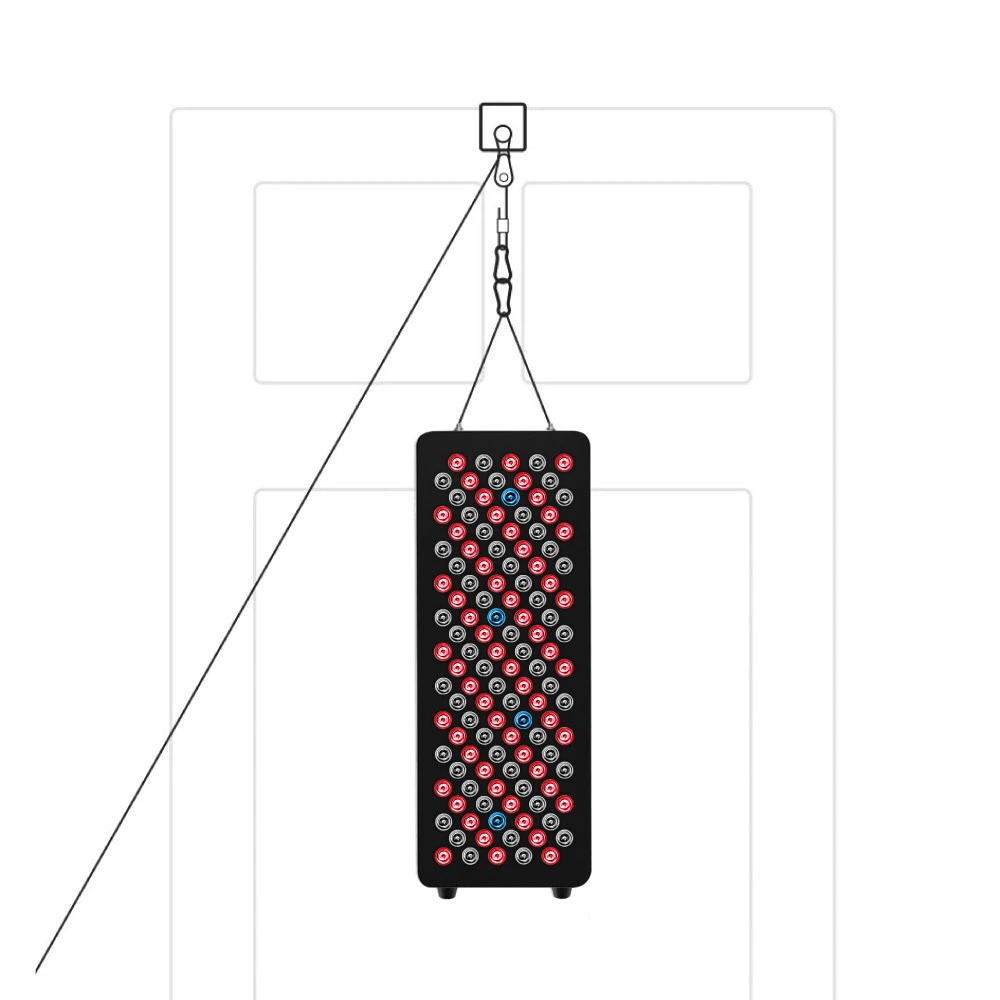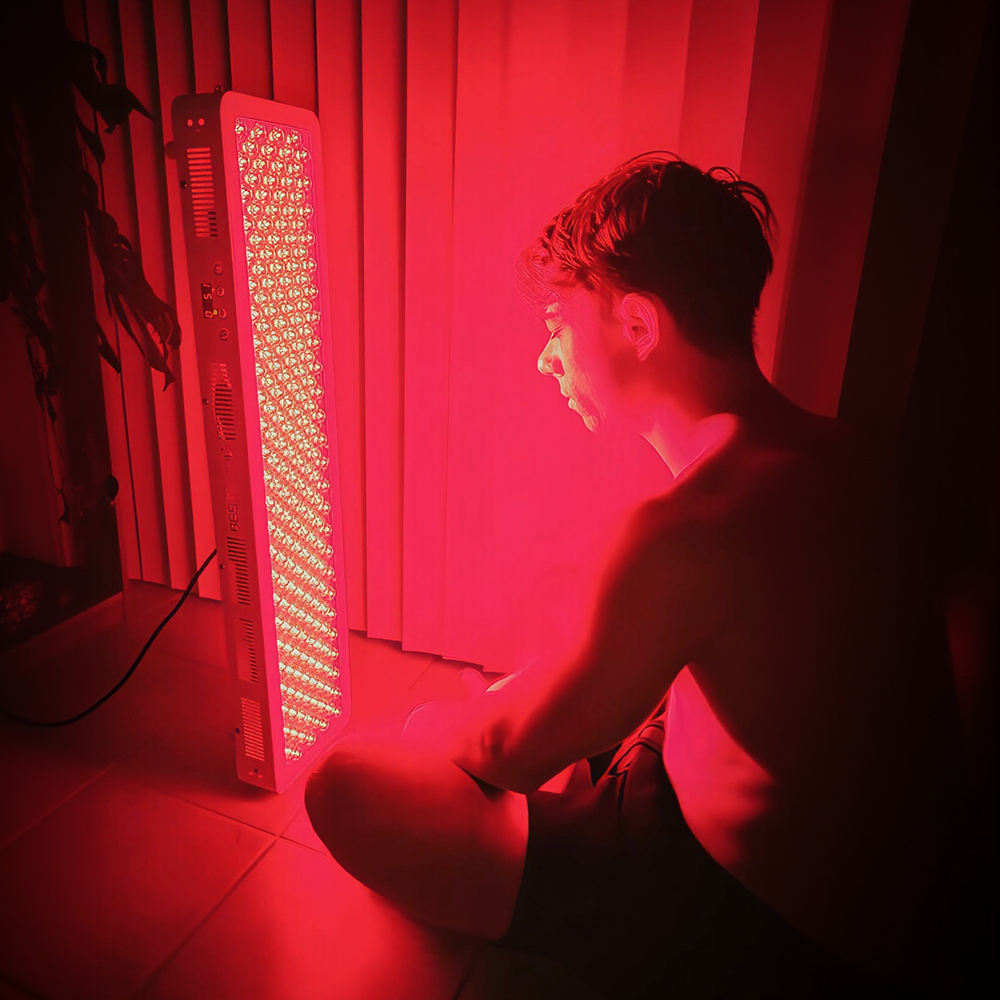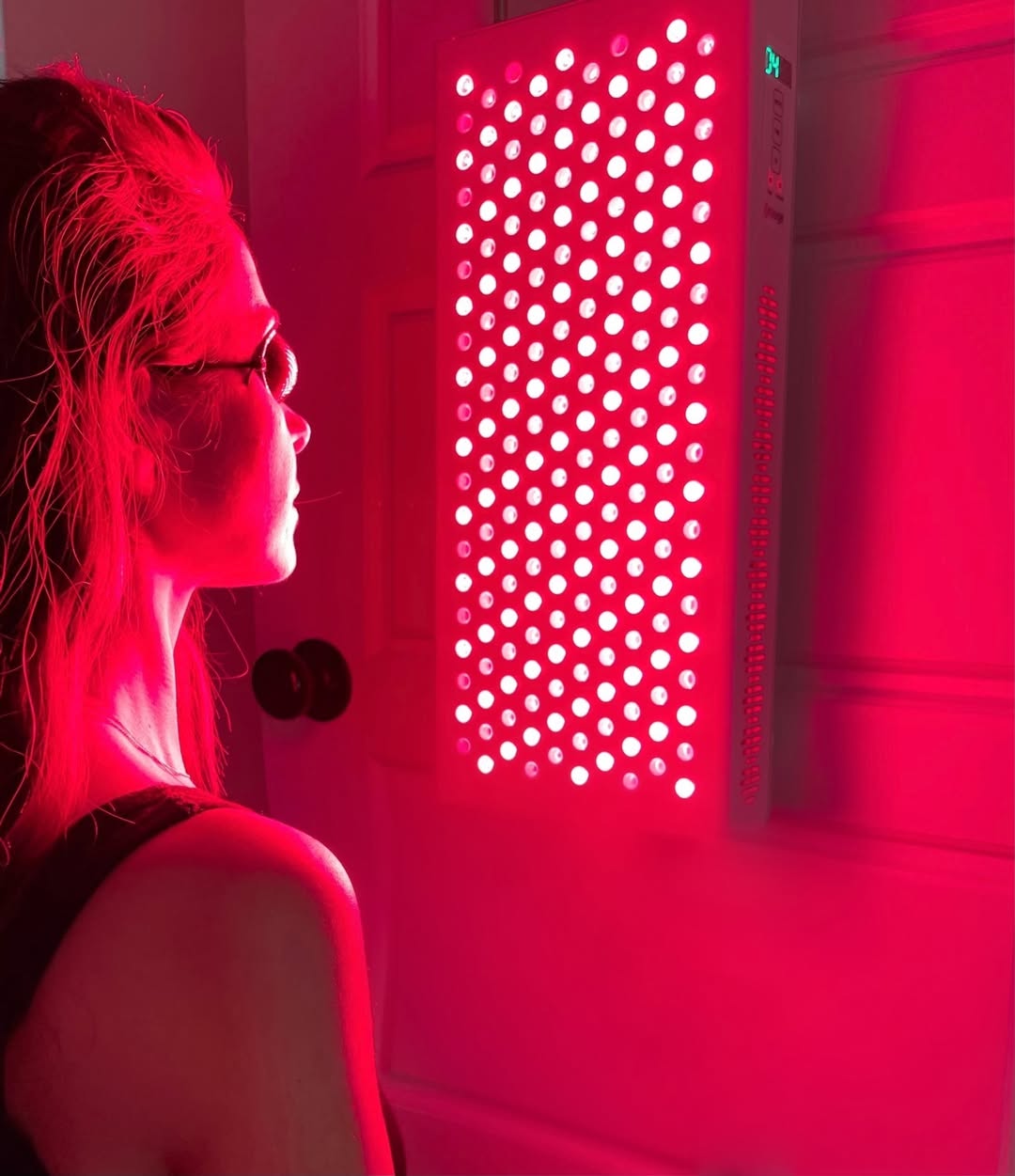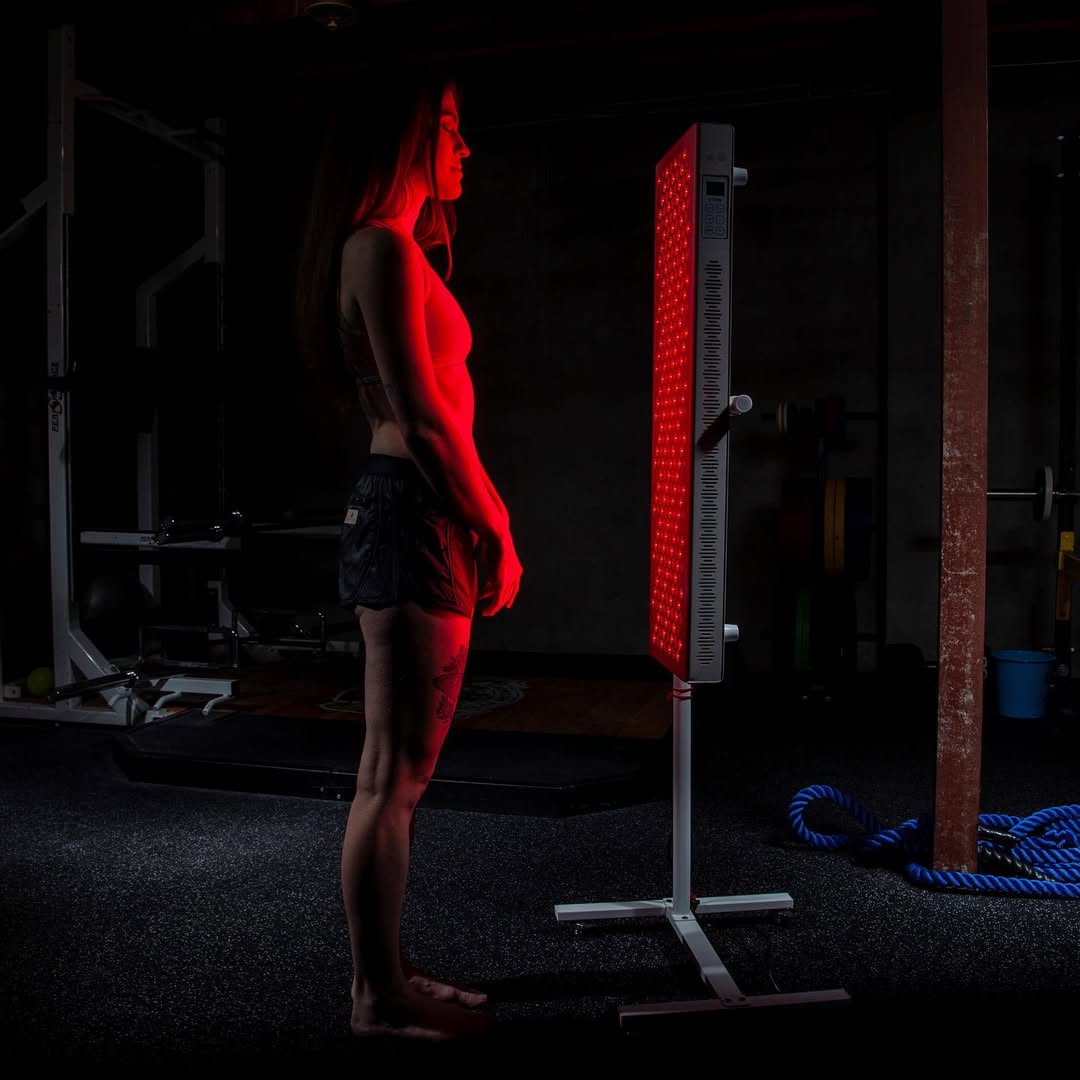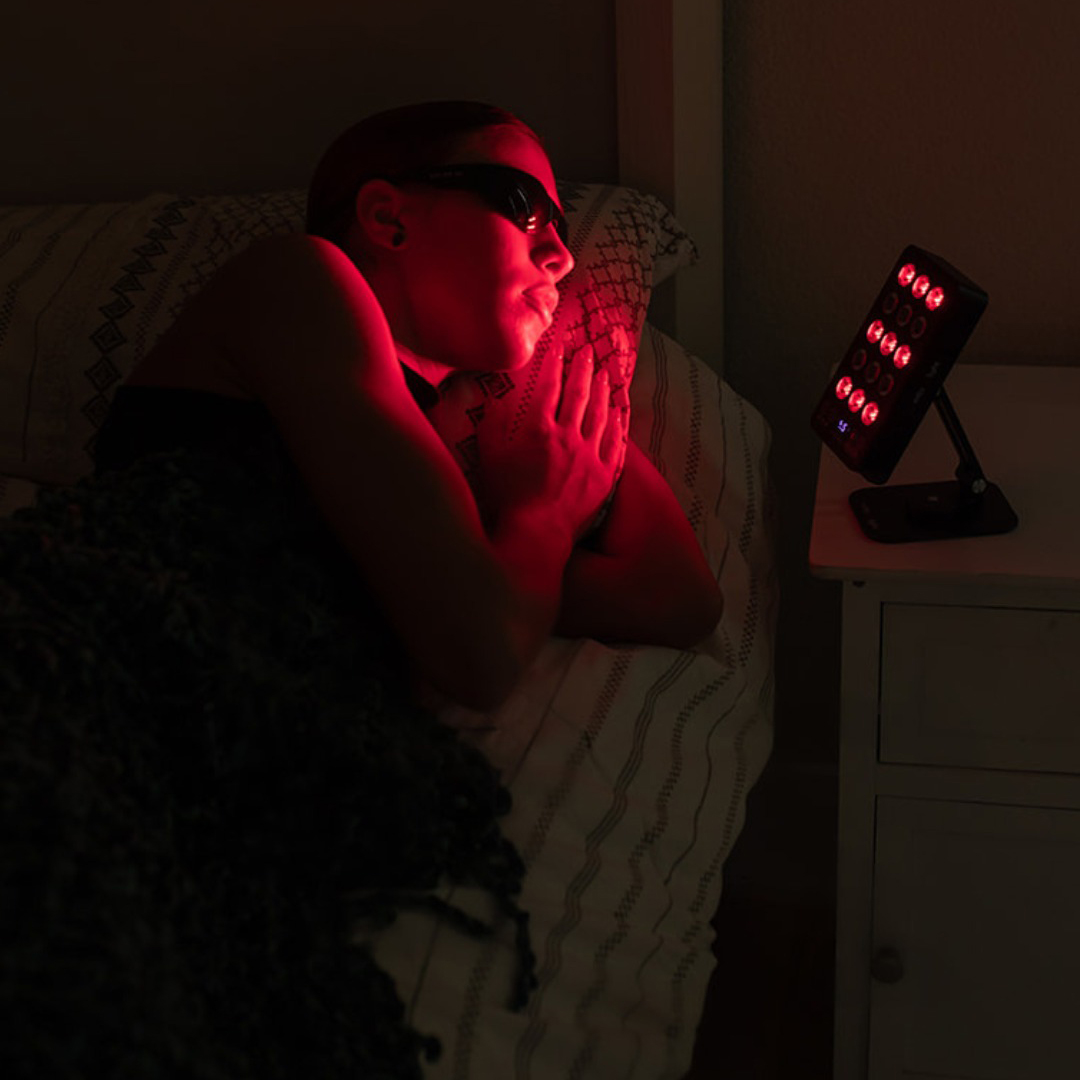![]() Free Shipping
Free Shipping ![]() Buy Now, Pay Later
Buy Now, Pay Later ![]() Eligible
Eligible
940 nm Light Therapy Benefits: Unveiling the Benefits and Best Uses
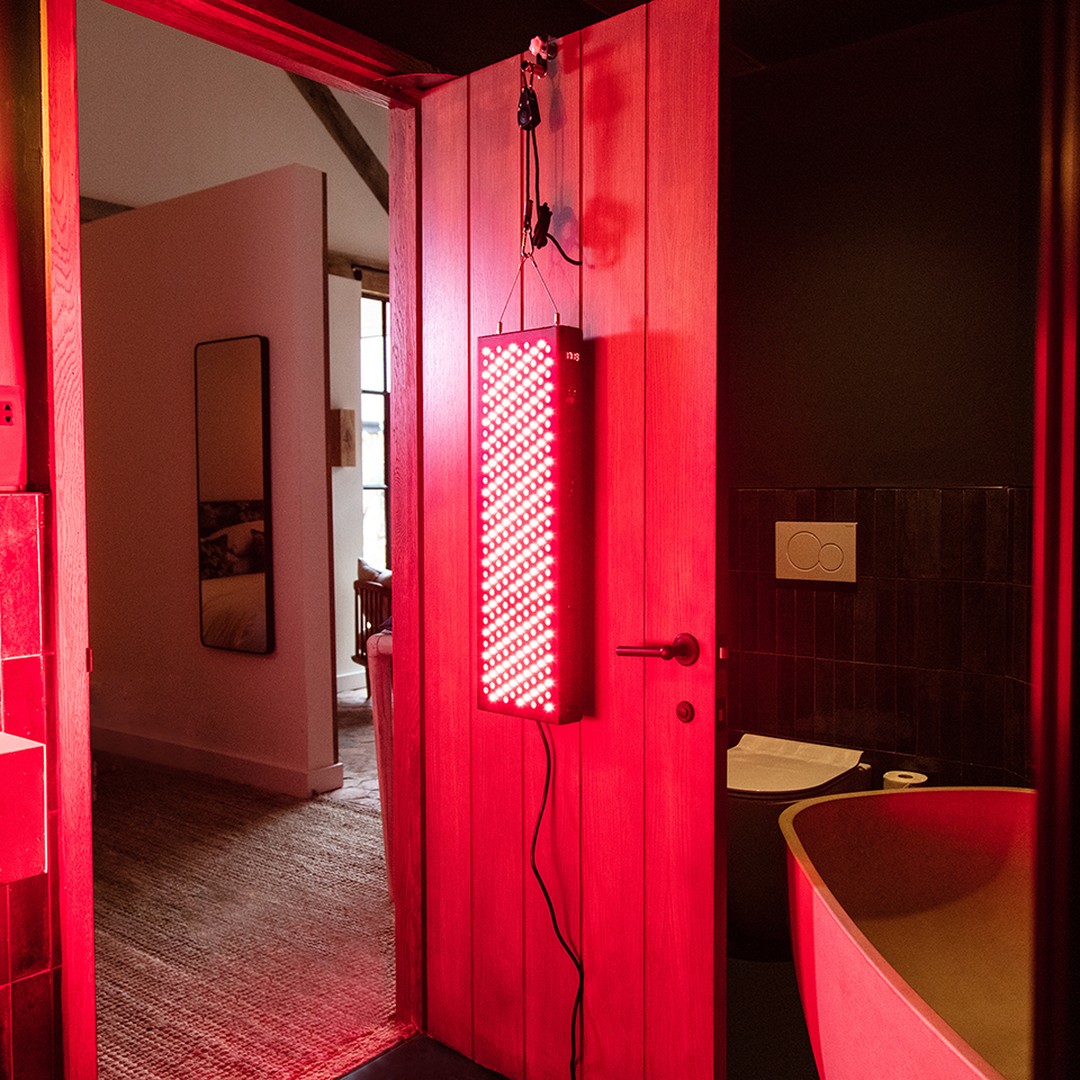
Near-Infrared (NIR) Light Therapy has emerged as a powerful, non-invasive tool for wellness and recovery. Two of the most common and debated wavelengths are 850 nm and 940 nm. While you may have heard that “850 nm is better,” the truth is more nuanced. This article delves deep into the unique and significant benefits of 940 nm light therapy and clarifies when it might be the superior choice over its 850 nm counterpart.
What is Near-Infrared Light Therapy?
Near-Infrared Light Therapy, also known as Photobiomodulation (PBM), involves exposing the body to low wavelengths of light. This light energy is absorbed by the mitochondria in our cells, stimulating a cascade of biological effects. The primary mechanism is the boost in adenosine triphosphate (ATP) production, the fundamental energy currency of the cell. This enhanced cellular energy leads to:
- Reduced inflammation
- Accelerated tissue repair
- Improved circulation
- Pain relief
The effectiveness of these processes is highly dependent on the wavelength used, as different wavelengths penetrate tissue and are absorbed by different cellular components in unique ways.
The Unique Advantages of 940 nm Wavelength
While 850 nm is an excellent all-rounder, 940 nm possesses distinct properties that make it exceptionally effective for specific applications. Its slightly longer wavelength gives it unique advantages.
Deeper Penetration for Specific Tissues
A common misconception is that longer wavelengths always equal deeper penetration. While 850 nm penetrates deeply into general tissue, 940 nm has a unique affinity for water and is preferentially absorbed by blood and fluids. This might sound like a disadvantage, but it’s precisely its strength. This allows 940 nm to target vascular-rich areas and structures surrounded by synovial fluid more effectively.
Superior Vascular and Circulatory Benefits
The 940 nm wavelength is highly absorbed by hemoglobin in the blood. This absorption leads to a more direct and efficient vasodilation (widening of blood vessels), significantly improving local circulation.
Expert Insight: “Think of 940 nm as a specialist. Its absorption profile allows it to directly target blood vessels and areas with high fluid content, like joints. This makes it an outstanding choice for enhancing circulatory health and addressing deep joint inflammation that other wavelengths might not reach as effectively,” explains a photobiomodulation researcher.
Targeting Deep-Seated Joints
Joints are encapsulated and filled with synovial fluid. The 940 nm wavelength’s interaction with water allows it to penetrate these cavities more efficiently than 850 nm. This makes it a premier choice for addressing issues in:
- Hips
- Shoulders
- Knees (especially the deeper structures)
Enhanced Lymphatic System Support
Improved circulation from 940 nm’s vascular effects also promotes lymphatic drainage. A healthy lymphatic system is crucial for detoxification, reducing swelling (edema), and supporting immune function.
Head-to-Head: 940 nm vs. 850 nm Wavelengths
Let’s break down the key differences in a clear, comparative table.
| Feature | 940 nm Wavelength | 850 nm Wavelength |
|---|---|---|
| Primary Absorption By | Water, Hemoglobin (Blood) | Cytochrome c Oxidase (General Cellular Enzyme) |
| Penetration Profile | Deeper into vascular tissues and fluid-filled joints | Deeper into general muscle and dense tissue |
| Best For | Joint Health, Circulation, Lymphatic Drainage | Muscle Recovery, General Inflammation, Skin Health |
| Visibility | Completely invisible to the human eye | Faint red glow can be seen |
| Key Benefit | Targeted action on blood and joints | Broad-spectrum cellular energy boost |
Are 850 nm Wavelengths “Better”?
The statement that “850 nm is better” is an oversimplification. It stems from the fact that 850 nm is a fantastic general-purpose wavelength. It is highly effective at boosting cellular energy (ATP) across a wide range of tissues, making it excellent for:
- Post-workout muscle recovery
- Reducing general inflammation
- Promoting skin health and wound healing
- Overall systemic wellness
850 nm is your versatile multi-tool, while 940 nm is your specialized, precision instrument. Neither is universally “better”; they are complementary.
Maximizing Results: The Synergy of Multi-Wavelength Devices
The most advanced and effective light therapy devices on the market today do not force you to choose. They incorporate both 850 nm and 940 nm wavelengths, along with others like 810 nm and 630 nm (red light).
Why is this powerful?
- 850 nm provides a broad-based cellular energy charge to muscles and superficial tissues.
- 940 nm follows through by specifically enhancing blood flow to the area and targeting deep joint structures.
This multi-wavelength approach ensures you are not just stimulating cells, but also optimizing the delivery of oxygen and nutrients via improved blood flow, creating a synergistic effect for faster and more comprehensive healing.
VELLGUS Elite V2
THE #1 RATED RED LIGHT DEVICE
VELLGUS pro V2
THE #1 RATED FULL BODY RED LIGHT DEVICE
Conclusion: Harnessing the Specific Power of 940 nm
While 850 nm light therapy deserves its popularity for general muscle and tissue recovery, the benefits of 940 nm light therapy are too significant to overlook. Its unique ability to target the vascular system and penetrate fluid-filled joints makes it an unparalleled tool for enhancing circulation, supporting joint health, and promoting detoxification.
For those seeking relief from deep joint discomfort or looking to optimize their circulatory health, 940 nm is not just an alternative—it is often the superior choice. For the best overall results, seek out a device that leverages the combined power of both 850 nm and 940 nm to unlock the full potential of near-infrared light therapy.



